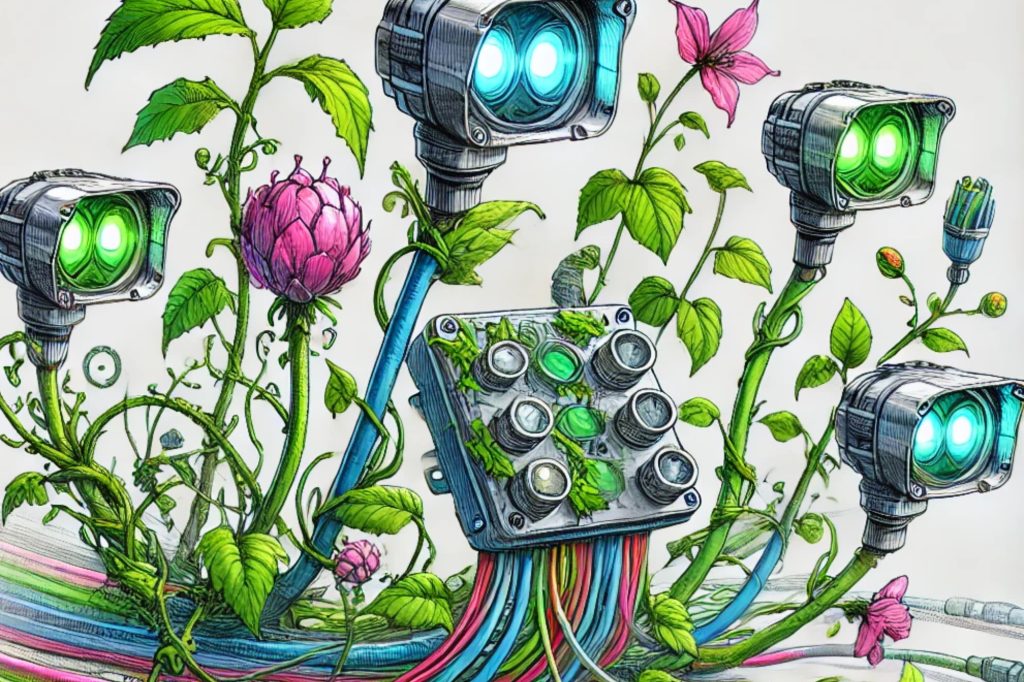Chapter 16: Rhizo & Phyllosphere

In any high-performance machine, advanced sensors track pressure, airflow, temperature, torque, and fuel flow in real time. These monitoring systems allow the vehicle to adjust on the fly, keeping everything running at peak efficiency.
In plants, the rhizosphere and phyllosphere serve a similar role. They’re not just zones of contact – they’re surveillance networks, packed with chemical, electrical, and microbial sensors that relay critical data and regulate plant responses.
The Rhizosphere: Underground Intelligence
The rhizosphere is the narrow band of soil surrounding the roots – an active interface between plant and environment. It’s loaded with sensors and signalers:
Root hairs and epidermal cells detect water availability, nutrient gradients, and pH shifts
Receptor proteins on root surfaces perceive microbial signals, toxins, and electrical fields
Exudate feedback (sugars, organic acids, amino acids) tunes microbial behavior and nutrient solubilization
Roots sense soil conditions in real-time and recalibrate exudation, hormone flows, and growth direction – just like a race car adjusts fuel mapping or suspension compression when the track conditions change.
The Phyllosphere: Atmospheric Awareness
Above ground, the phyllosphere – the total surface area of leaves, stems, and shoots – serves as the atmospheric sensor array.
Stomata detect CO₂, humidity, light, and wind patterns, adjusting gas exchange accordingly
Cuticular chemistry responds to UV radiation, temperature swings, and airborne particles
Leaf-embedded proteins and photoreceptors measure light quality, intensity, and photoperiod
Together, these systems help the plant optimize photosynthesis, conserve water, and modulate immune responses.
Microbial Intelligence: External Processors
Both spheres host vast microbial ecosystems that act like external processors – sensing and responding faster than the plant can on its own:
In the rhizosphere, microbes respond to root exudates, cycling nutrients and sending back signals
In the phyllosphere, beneficial microbes outcompete pathogens, communicate with the plant, and help regulate surface humidity and radiation load
It’s like having smart sensors that not only detect change but also help implement real-time corrections.
Systemic Integration: A Unified Control Network
The rhizo- and phyllosphere don’t operate in isolation. Signals from one can influence the other:
Drought detected in roots can trigger stomatal closure in leaves via ABA signaling
Light quality sensed by leaves can influence root architecture and growth angle
This is a networked control system, continuously sensing, learning, and adapting.
The Takeaway
The rhizosphere and phyllosphere are not passive surfaces – they’re the plant’s advanced sensor and monitoring systems, loaded with detectors, transducers, and feedback loops.
Together, they let the plant read both soil and sky, predict changes, and fine-tune its metabolic and structural responses in real time.
Next up: Biostimulants – Forced Induction & Advanced Cooling Systems.

